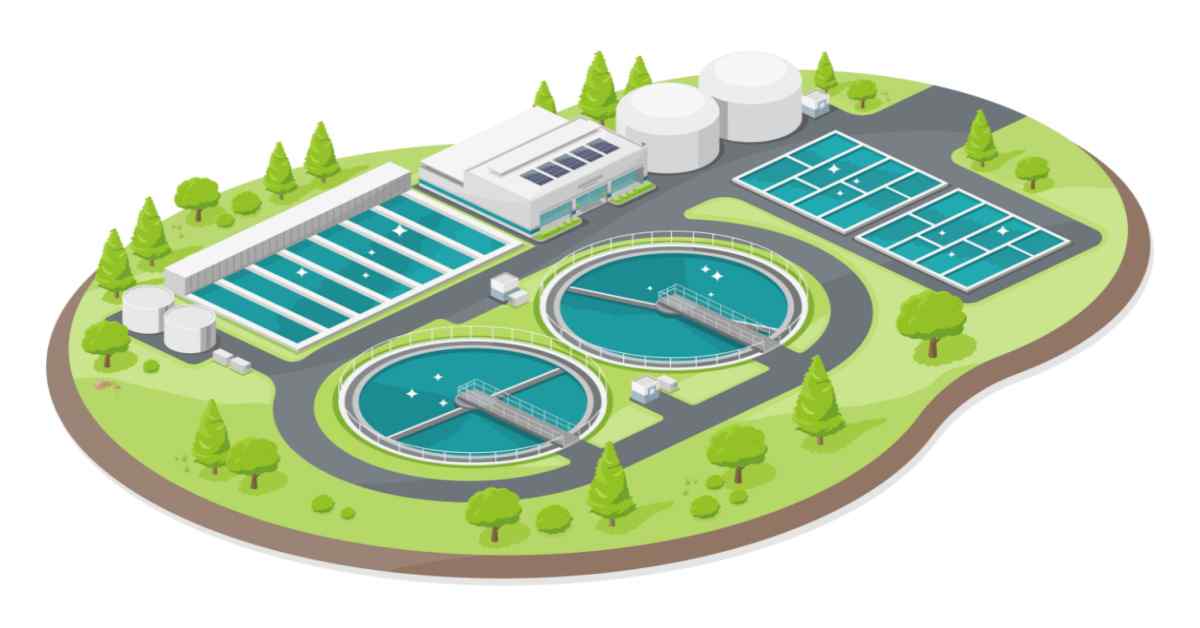The Connection Between Wastewater Management and Public Health
The Connection Between Wastewater Management and Public Health
Blog Article
Understanding Wastewater Treatment Processes and Their Environmental Influence
The intricacies of wastewater treatment procedures play a pivotal duty in mitigating ecological obstacles linked with water contamination. Each phase, from preliminary to advanced therapies, is developed to address details impurities, eventually protecting both public health and wellness and aquatic ecological communities.
Summary of Wastewater Treatment
How is wastewater transformed right into a safe source for the setting? Wastewater therapy is a crucial procedure designed to eliminate contaminants from utilized water, thus safeguarding public health and securing environments. This procedure begins with the collection of wastewater from property, industrial, and business sources, which is after that directed to treatment centers.
At these facilities, different physical, chemical, and biological methods are utilized to treat the wastewater. Subsequently, organic therapies, such as turned on sludge procedures, make use of microorganisms to break down organic matter.
The treated effluent can be securely released right into all-natural water bodies or reused for watering and industrial purposes, advertising resource conservation. Furthermore, the treatment process generates biosolids, which can be repurposed as plant foods or dirt modifications, better boosting sustainability.
Phases of Treatment Processes
The wastewater treatment procedure commonly contains three key phases: preliminary, main, and additional therapy. Each phase offers a distinctive duty in lowering the contaminant tons and ensuring the effluent satisfies ecological standards before discharge.

The primary treatment stage concentrates on the physical splitting up of put on hold solids from the wastewater. With sedimentation, much heavier fragments resolve at the end of sedimentation containers, developing sludge, while lighter products, such as oils and oils, float to the surface area and are skimmed off. This procedure substantially decreases the natural and not natural tons in the wastewater.
Additional therapy is a biological procedure focused on additional reducing the concentration of raw material. Numerous techniques, including turned on sludge systems and trickling filters, utilize bacteria to metabolize natural toxins. This stage is necessary for accomplishing the needed biochemical oxygen need (BOD) decrease, ultimately leading to cleaner effluent all set for discharge or more treatment. Each phase is vital in guarding environmental and public wellness.

Advanced Treatment Technologies
Following the additional therapy processes, advanced therapy technologies play a vital function in further boosting the high quality of treated wastewater. These technologies are designed to remove recurring contaminants that are not successfully removed during main and second treatments, guaranteeing the effluent meets rigorous governing requirements.
Amongst the extensively used sophisticated therapy techniques are membrane layer filtration, reverse osmosis, and advanced oxidation processes. Membrane purification, consisting of microfiltration and ultrafiltration, is reliable in dividing great fragments, pathogens, and colloids from the water (Wastewater). Reverse osmosis uses semi-permeable membranes to get rid of liquified solids, causing high-grade water suitable for different applications
Advanced oxidation procedures (AOPs) employ strong oxidants to degrade natural toxins, including drugs and personal treatment products that are immune to traditional therapy. These approaches enhance the biodegradability of complicated substances, promoting their removal.
An additional considerable look at here technology is making use of biological nutrient removal processes, which particularly target nitrogen and phosphorus, stopping eutrophication in getting water bodies. In general, innovative treatment innovations are essential for accomplishing higher degrees of purification, promoting water reuse, and guarding public health and wellness while addressing the challenges connected with wastewater management.
Ecological Advantages of Therapy
Many environmental benefits emerge from efficient wastewater treatment processes that contribute to ecosystem wellness and sustainability. Largely, these procedures considerably lower the release of hazardous pollutants right into natural water bodies, which aids maintain aquatic communities. By getting rid of contaminants such as hefty metals, nutrients, and virus, treated wastewater alleviates the threat of waterborne diseases and advertises biodiversity in aquatic atmospheres.
Additionally, wastewater therapy facilities frequently use advanced technologies that enable water recycling and reuse. This technique not only preserves fresh water resources yet likewise reduces the demand on all-natural water supplies. Boosted nutrient elimination from wastewater can likewise protect against eutrophication, a process that leads to algal blossoms and succeeding oxygen depletion in marine systems.
In addition, efficient therapy processes can reduce greenhouse gas exhausts, particularly methane and nitrous oxide, which are usually released during untreated wastewater disintegration. By recording you could try these out and making use of biogas from anaerobic digesters, facilities can convert waste right into sustainable power, therefore adding to a reduction in nonrenewable fuel source reliance.
Challenges and Future Patterns
While the environmental benefits of wastewater treatment are clear, numerous obstacles continue that prevent optimum outcomes in this area. One significant concern is maturing infrastructure, which frequently results in inadequacies and increased operational costs - Wastewater. Lots of therapy plants were designed decades earlier, and their capacities do not straighten with contemporary needs, which include stricter regulative requirements and greater quantities of wastewater because of urbanization

Looking in advance, there is a growing focus on resource recovery and round economic situation concepts within wastewater therapy. Developments such as anaerobic digestion, which can generate biogas, and progressed filtering innovations are gaining grip. These methods not only boost treatment efficiency however likewise advertise sustainability.
Eventually, addressing these challenges requires collaboration amongst stakeholders, investment in innovation, and a commitment to you can check here recurring research study. By accepting these trends, the wastewater therapy field can evolve to fulfill the needs of a changing atmosphere and society.
Final Thought
In final thought, wastewater therapy procedures play an important duty in enhancing environmental top quality and public health and wellness. The multi-stage therapy framework, coupled with advanced innovations, successfully reduces pollution and promotes lasting water monitoring.
Report this page